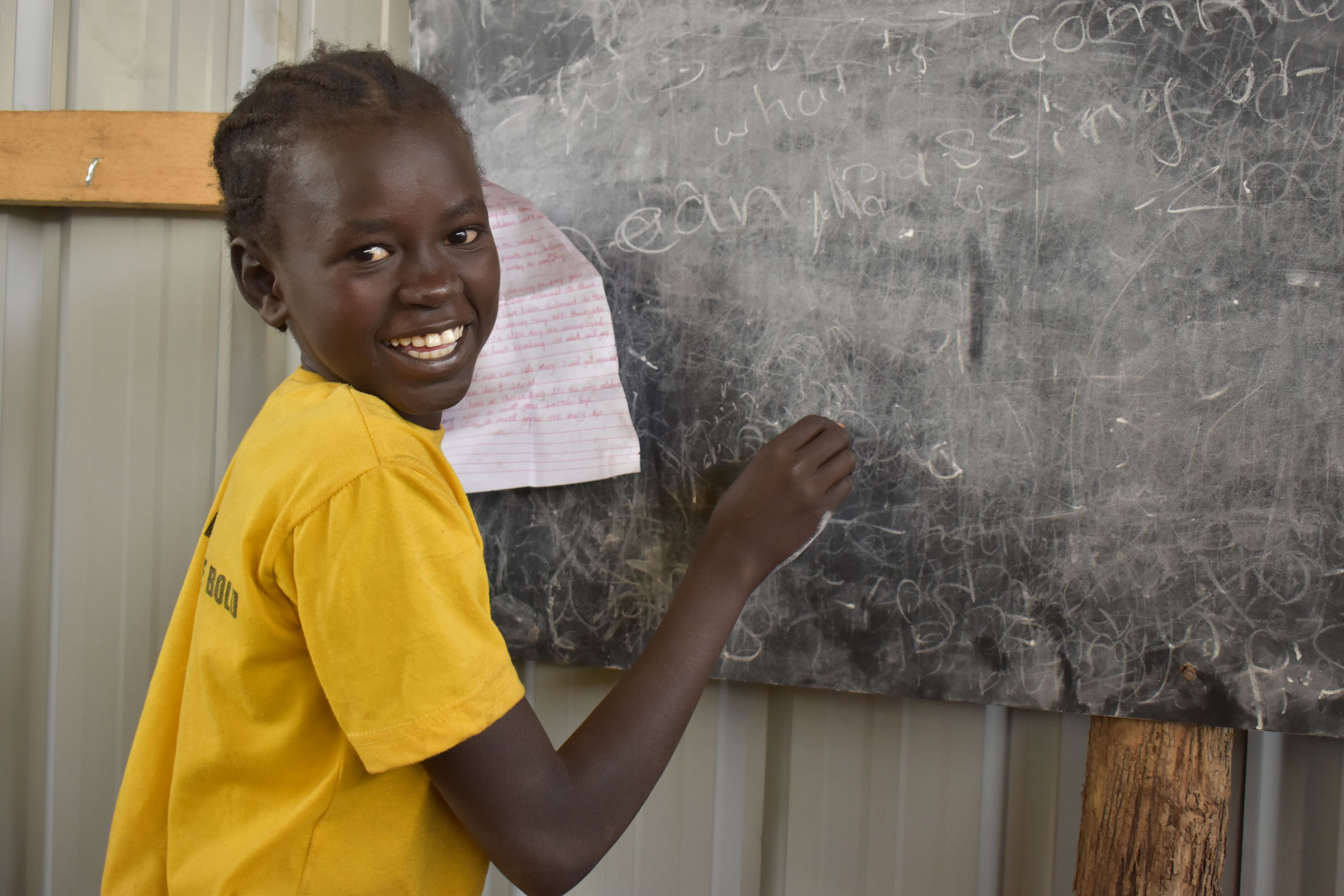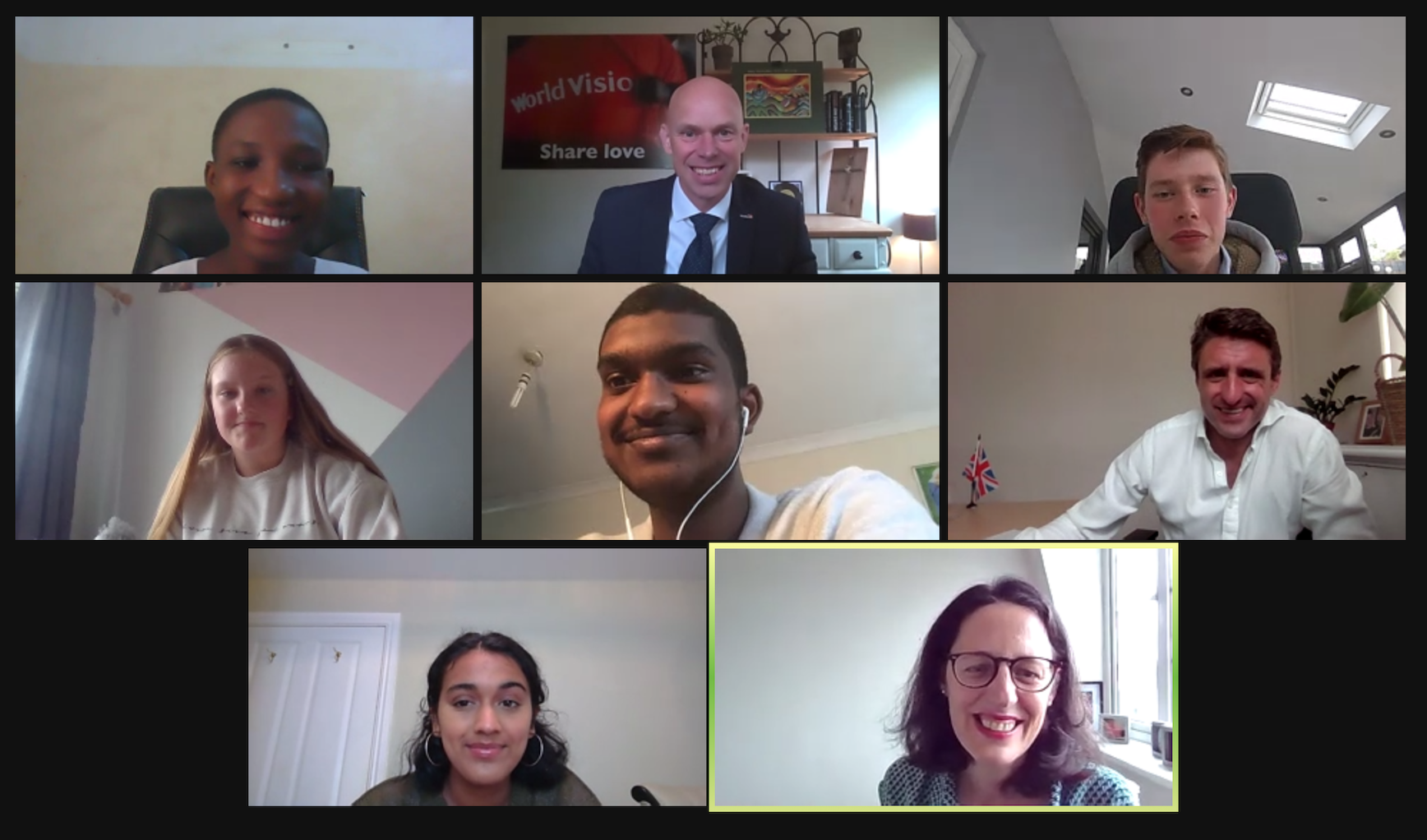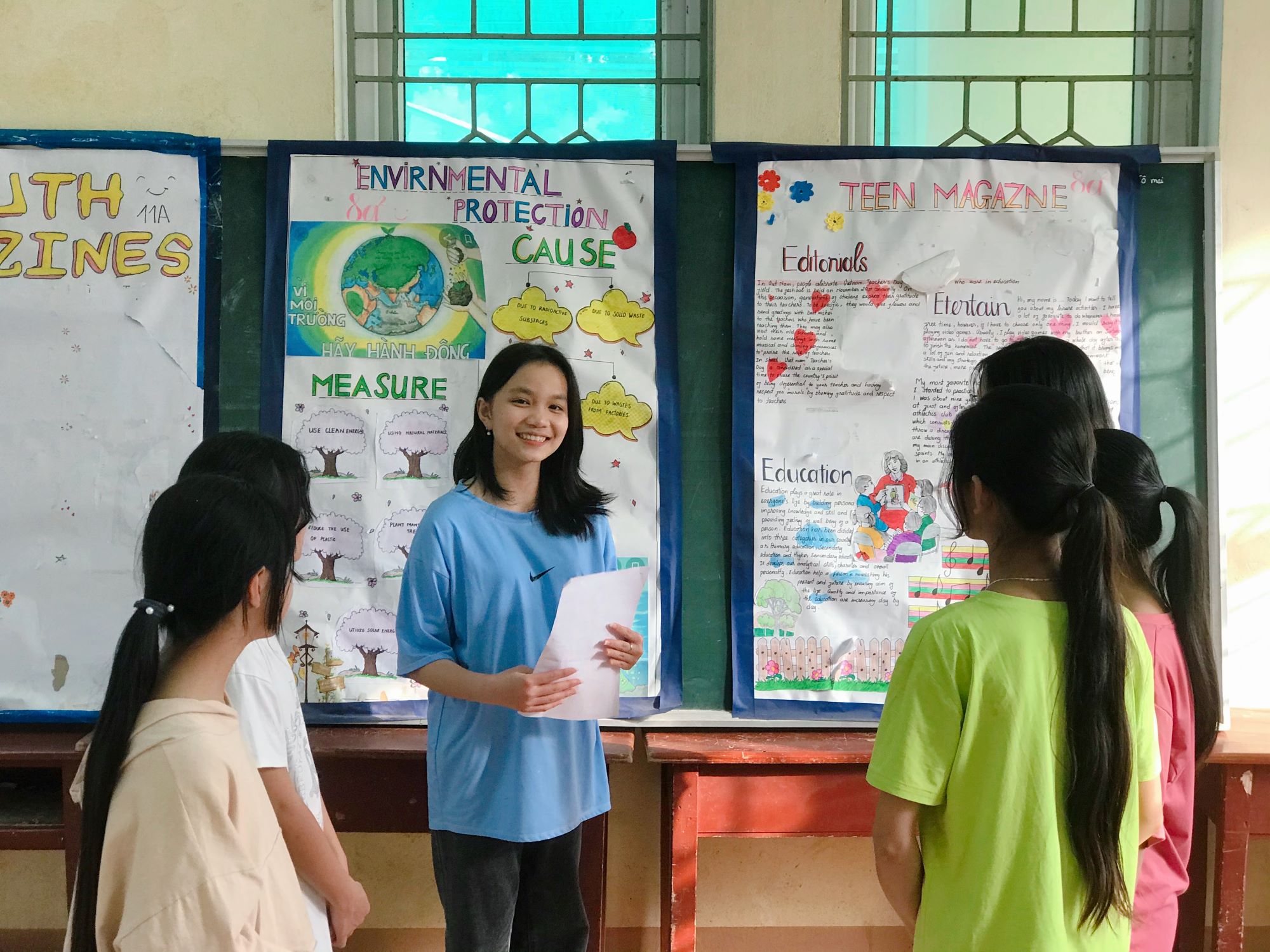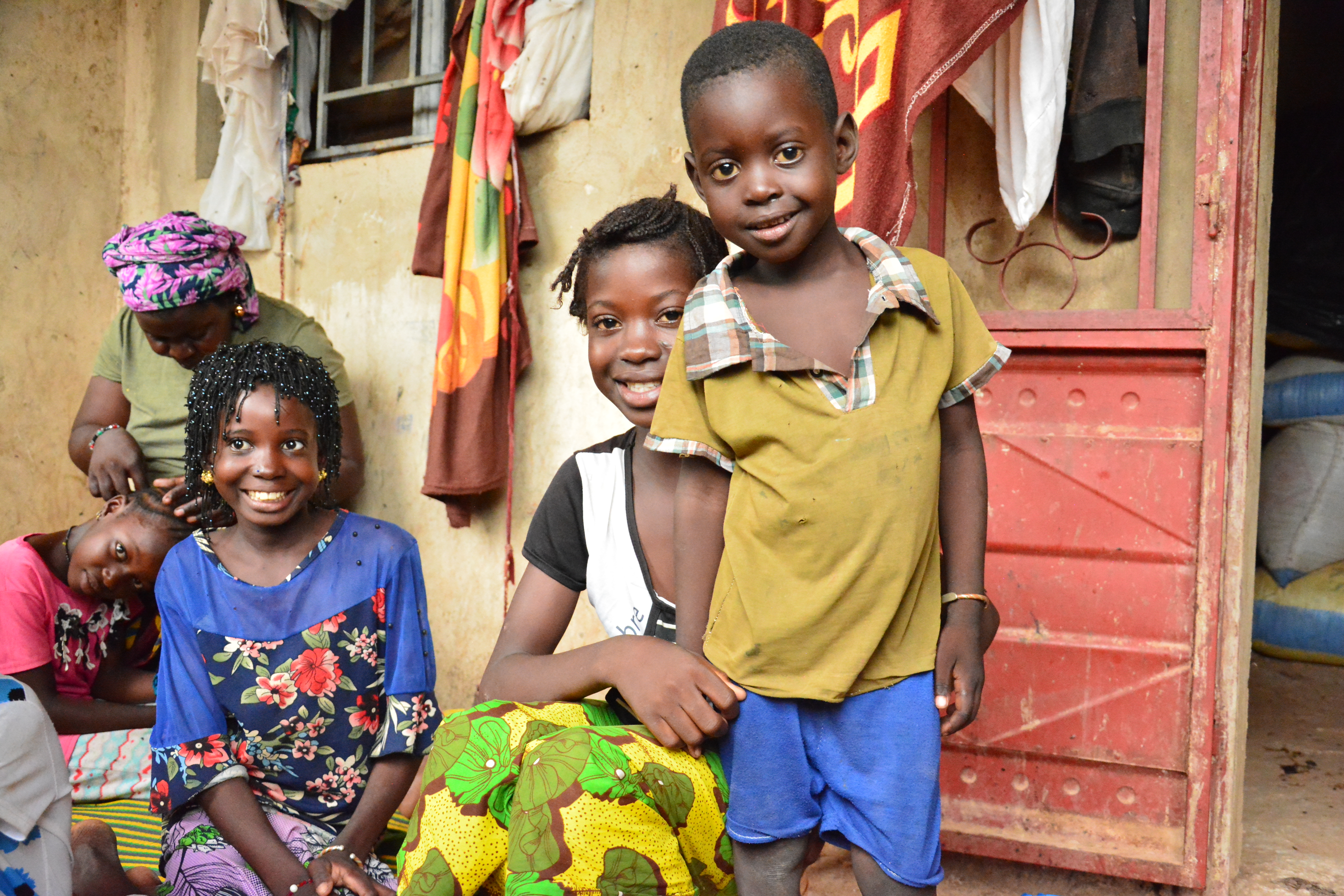
Why is education a human right?
For children in the UK, education is part of daily life, but it isn’t for many.
For many children across the world, having an education and attending school is something that is second nature and a rite of passage. This isn’t the case for every child, with UNICEF reporting that 70% of 10-year-olds in low-income and middle-income countries cannot read and understand a simple story.
Here at World Vision, we believe that every child deserves to learn. We work closely with communities and local governments to improve the quality of education children receive, so we know first-hand how important an education is.
What is the right to education?
Is it fair that if you are born in a certain country, or belong to a particular ethnicity or religion, you have more right to education than any other child?
Every child should be offered the best possible start in life; education is a cultural right and also plays a huge role in breaking the cycle of poverty. As human beings, we expect to have equality, so why is a child’s education any different? The right to education helps people from all backgrounds to thrive in wider society, as well as overcome life struggles like poverty.
How many children don’t have access to an education?
You may be surprised to learn that millions of children across the globe aren’t able to access education in any form.
According to UNESCO:
- 244 million children and youth still do not attend school.
- 617 million children and adolescents cannot read and do basic maths.
- Less than 40% of girls in sub-Saharan Africa complete lower secondary school.
- Four million children and youth refugees are out of school.
This isn’t due to poverty alone; it is also due to other circumstances like armed conflicts and natural disasters. Children might also be pulled out of school at a young age to enter the world of work, look after younger siblings or to be entered into a child marriage.
Getting children into the schools is only half the problem, with many schools struggling due to lack of teaching equipment, teachers, or funding.

South Sudan’s children deserve an education
“I am happy to be back in school again”, says Yar, a 13-year-old girl.
When the schools reopened in South Sudan after lockdown, learners went back to schools, regaining hope for their future. But they were up against another disaster – flooding in many areas.
This forced thousands of people out of their homes seeking refuge as internally displaced persons (IDPs) around the country.
Yar expresses her concern over lack of facilities, “We do not have desks in the classrooms, which are also very few. We sit on chairs or empty tins that we bring from our homes.”
“For lack of space, two classes are combined, but when there are two teachers in the classroom, we become distracted. Some children do not attend since nothing motivates them”, she explains. She also raised the lack of school meals and clean drinking water.
Rebuilding schools after disaster
With funding from South Sudan Humanitarian Fund (SSHF), World Vision is providing education activities and temporary learning spaces in emergency programmes. The fund also focused on training volunteer-teachers, distributing schools supplies, and improving access to water, sanitation and hygiene facilities in schools. Parents, caregivers and youth groups took part in awareness-raising campaigns on child rights and other issues.
By 2025, the project aspires to improve the lives of three million vulnerable children by protecting flood-affected people and addressing the needs of children and their families.
Yar shares, ”I like going to school. The teachers teach well and there are not so many in my class. I want to be a business woman in the future.”

The students are dreaming of a better future
Yar’s friend Matiop, 16, shares that he is happy to continue studying after the school was destroyed by floods. “I want to work hard, excel and join the university to study law”, he says.
Aloot, 16, shares, “When schools reopened, floods destroyed everything, including our school. All my friends left, some went to Juba. I want to achieve my dream of becoming a doctor.”
Racheal, 15, also shares her experience, "I was told to get in a boat not knowing where we were going with my parents. I am glad I found a school and we live near it. My dream is to become a teacher.”
Education Officer Odong Robinson says, “World Vision is implementing an integrated emergency response focused on education and protection for flood-affected people in Mangalla IDP camp and host communities to help address the children’s needs.”
READ MORE: Pray for flood victims
What can be done to help get free education for all?
Every child deserves an education. That's why World Vision is working with communities to keep children in education. It may seem like a dream to obtain free education for every child, but with your help, we can continue to ensure children receive an education.
By sponsoring a child through World Vision, you change the lives of children living in the world’s toughest places. Or you can sign up to hear more about World Vision’s work and how you help vulnerable children across the globe.



